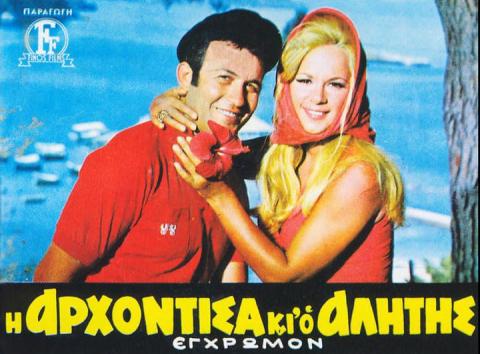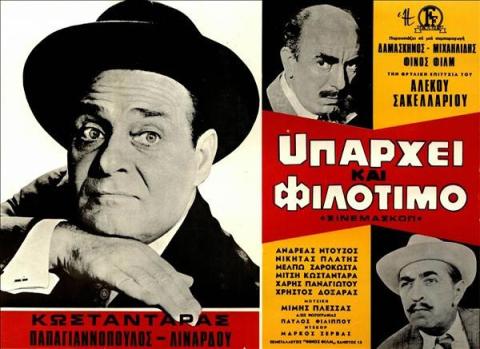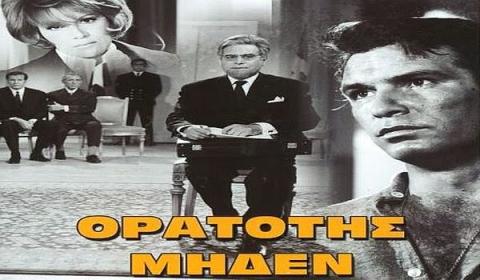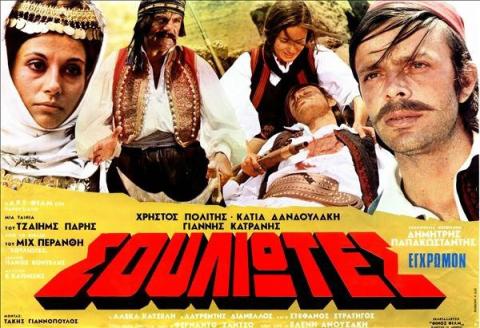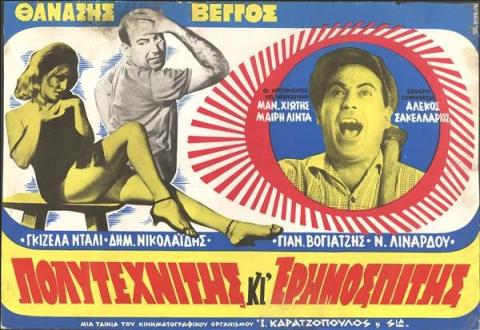Αρχαιολογικος Χωρος της Ελευσινας και το Μουσειο.
Archaeological Site of Eleusis and the Museum.
Τα Ελευσίνια ήταν γιορτή και μυστηριακή τελετή που πραγματοποιούνταν στην Ελευσίνα της Αττικής προς τιμήν της θεάς Δήμητρας και της Περσεφόνης. Κατά κοινή παραδοχή, επρόκειτο για την ιερότερη και πιο σεβαστή τελετή από όλες τις γιορτές της αρχαίας Ελλάδας[1]: έχοντας ξεκινήσει από τη Σαμοθράκη και τα Καβείρια Μυστήρια μεταφέρθηκαν στην Ελευσίνα από Θράκες αποίκους. Άρχισαν να αποκτούν μεγάλη φήμη κατά τον καιρό του Πεισίστρατου και έφτασαν στο απόγειο της ακμής τους κατά το χρυσό Αιώνα του Περικλή.
Τα Μικρά Ελευσίνια αποτελούσαν «προετοιμασία» για τα Μεγάλα Μυστήρια. Πραγματοποιούνταν κατά το μήνα Ανθεστηριώνα και ήταν προς τιμήν της Περσεφόνης.
Ενώ αρχικά απαγορευόταν η συμμετοχή στους μη Αθηναίους, αργότερα αναφέρεται από τον Ηρόδοτο πως όλοι οι Έλληνες μπορούσαν να λάβουν μέρος στη μύηση, ενώ αλλού αναφέρεται ότι απαγορευόταν στους εγκληματίες,τους βαρβάρους, τους μάγους και τους άθεους.
Οι μύσται, όπως λέγονταν, γίνονταν δεκτοί στα Μεγάλα Μυστήρια τουλάχιστον ένα χρόνο μετά την αρχική τους μύηση. Οι τελετές του πρώτου σταδίου μύησης περιλάμβαναν τη θυσία ενός χοίρου στο λιμένα του Κανθάρου, θυσία κοινή με τα Θεσμοφόρια, πάλι προς τιμήν της Δήμητρας, και τον εξαγνισμό από έναν ιερέα με το όνομα Υδρανός.[11] Οι μύστες έπρεπε επίσης να πάρουν όρκο εχεμύθειας από το μυσταγωγό. Δέχονταν κάποια διδασκαλία, που τους επέτρεπε αργότερα να αντιληφθούν τα μυστήρια στα Μεγάλα Ελευσίνια.
Τα Μεγάλα Ελευσίνια εορτάζονταν κατά τη 15η ημέρα του μήνα Βοηδρομιώνα και κρατούσαν εννέα ημέρες. Οι συμμετέχοντες αποκαλούνταν επόπται ή έφυροι. Την προηγουμένη της γιορτής, οι έφηβοι της πόλης υποδέχονταν τα Ιερά Αντικείμενα, τα οποία δε φανερώνονταν σε κανέναν παρά μόνο από τους Ιεροφάντες στους Μύστες, από την Ελευσίνα στο Ελευσίνιον, ιερό στη βάση της Ακρόπολης.
Η μύηση αποσκοπούσε στη συμφιλίωση με το θάνατο και την προσδοκία της μεταθανάτιας ζωής και γι' αυτό το λόγο είχε μεγάλη απήχηση την εποχή εκείνη. Η πεποίθηση αυτή αντανακλάται και στον ομηρικό ύμνο προς τη θεά Δήμητρα.
Eleusinia was a feast and a mysterious ceremony that took place in Elefsina, Attica, in honor of the goddess Demeter and Persephone. It was a common assumption that it was the most sacred and most respected ceremony of all the celebrations of ancient Greece [1]: having begun from Samothraki and the Kaviera Mysteries were transferred to the Thracian settlers in Eleusis. They began to gain a great reputation during the time of Peisistratus and reached the peak of their peak in the golden age of Pericles.
Small Eleusinians were "preparing for" the Great Mysteries. They were carried out in the month of Anthistorion and were in honor of Persephone.
While it was initially forbidden to participate in the non-Athenians, it is later reported by Herodotus that all Greeks could take part in the initiation, while elsewhere it was reported that it was forbidden to criminals, barbarians, sorcerers and atheists.
The myths, as they were said, were admitted to the Great Mysteries at least a year after their original initiation. The ceremonies of the first stage of initiation included the sacrifice of a pig in the port of Kantharos, a sacrifice common to Thesmophoria, again in honor of Demeter, and the purification by a priest named Hydra. The Mystics also had to take an oath of confidentiality from the mystic. They accepted some teaching, which later allowed them to perceive the mysteries of the Great Eleusinia.
The Megali Eleusinia were celebrated on the 15th day of the month of Bojromiona and held for nine days. The participants were called underpants or waistbands. On the day before, the teenagers of the city welcomed the Holy Objects, which were revealed to anyone but by the Hierophants in the Mysteries, from Eleusis to Eleusinion, a sanctuary at the base of the Acropolis.
Initiation aimed at reconciliation with the death and expectation of post-mortem life, and for that reason had a great resonance at that time. This belief is also reflected in the Homeric hymn to the goddess Demeter.
Archaeological Site of Eleusis and the Museum.
Τα Ελευσίνια ήταν γιορτή και μυστηριακή τελετή που πραγματοποιούνταν στην Ελευσίνα της Αττικής προς τιμήν της θεάς Δήμητρας και της Περσεφόνης. Κατά κοινή παραδοχή, επρόκειτο για την ιερότερη και πιο σεβαστή τελετή από όλες τις γιορτές της αρχαίας Ελλάδας[1]: έχοντας ξεκινήσει από τη Σαμοθράκη και τα Καβείρια Μυστήρια μεταφέρθηκαν στην Ελευσίνα από Θράκες αποίκους. Άρχισαν να αποκτούν μεγάλη φήμη κατά τον καιρό του Πεισίστρατου και έφτασαν στο απόγειο της ακμής τους κατά το χρυσό Αιώνα του Περικλή.
Τα Μικρά Ελευσίνια αποτελούσαν «προετοιμασία» για τα Μεγάλα Μυστήρια. Πραγματοποιούνταν κατά το μήνα Ανθεστηριώνα και ήταν προς τιμήν της Περσεφόνης.
Ενώ αρχικά απαγορευόταν η συμμετοχή στους μη Αθηναίους, αργότερα αναφέρεται από τον Ηρόδοτο πως όλοι οι Έλληνες μπορούσαν να λάβουν μέρος στη μύηση, ενώ αλλού αναφέρεται ότι απαγορευόταν στους εγκληματίες,τους βαρβάρους, τους μάγους και τους άθεους.
Οι μύσται, όπως λέγονταν, γίνονταν δεκτοί στα Μεγάλα Μυστήρια τουλάχιστον ένα χρόνο μετά την αρχική τους μύηση. Οι τελετές του πρώτου σταδίου μύησης περιλάμβαναν τη θυσία ενός χοίρου στο λιμένα του Κανθάρου, θυσία κοινή με τα Θεσμοφόρια, πάλι προς τιμήν της Δήμητρας, και τον εξαγνισμό από έναν ιερέα με το όνομα Υδρανός.[11] Οι μύστες έπρεπε επίσης να πάρουν όρκο εχεμύθειας από το μυσταγωγό. Δέχονταν κάποια διδασκαλία, που τους επέτρεπε αργότερα να αντιληφθούν τα μυστήρια στα Μεγάλα Ελευσίνια.
Τα Μεγάλα Ελευσίνια εορτάζονταν κατά τη 15η ημέρα του μήνα Βοηδρομιώνα και κρατούσαν εννέα ημέρες. Οι συμμετέχοντες αποκαλούνταν επόπται ή έφυροι. Την προηγουμένη της γιορτής, οι έφηβοι της πόλης υποδέχονταν τα Ιερά Αντικείμενα, τα οποία δε φανερώνονταν σε κανέναν παρά μόνο από τους Ιεροφάντες στους Μύστες, από την Ελευσίνα στο Ελευσίνιον, ιερό στη βάση της Ακρόπολης.
Η μύηση αποσκοπούσε στη συμφιλίωση με το θάνατο και την προσδοκία της μεταθανάτιας ζωής και γι' αυτό το λόγο είχε μεγάλη απήχηση την εποχή εκείνη. Η πεποίθηση αυτή αντανακλάται και στον ομηρικό ύμνο προς τη θεά Δήμητρα.
Eleusinia was a feast and a mysterious ceremony that took place in Elefsina, Attica, in honor of the goddess Demeter and Persephone. It was a common assumption that it was the most sacred and most respected ceremony of all the celebrations of ancient Greece [1]: having begun from Samothraki and the Kaviera Mysteries were transferred to the Thracian settlers in Eleusis. They began to gain a great reputation during the time of Peisistratus and reached the peak of their peak in the golden age of Pericles.
Small Eleusinians were "preparing for" the Great Mysteries. They were carried out in the month of Anthistorion and were in honor of Persephone.
While it was initially forbidden to participate in the non-Athenians, it is later reported by Herodotus that all Greeks could take part in the initiation, while elsewhere it was reported that it was forbidden to criminals, barbarians, sorcerers and atheists.
The myths, as they were said, were admitted to the Great Mysteries at least a year after their original initiation. The ceremonies of the first stage of initiation included the sacrifice of a pig in the port of Kantharos, a sacrifice common to Thesmophoria, again in honor of Demeter, and the purification by a priest named Hydra. The Mystics also had to take an oath of confidentiality from the mystic. They accepted some teaching, which later allowed them to perceive the mysteries of the Great Eleusinia.
The Megali Eleusinia were celebrated on the 15th day of the month of Bojromiona and held for nine days. The participants were called underpants or waistbands. On the day before, the teenagers of the city welcomed the Holy Objects, which were revealed to anyone but by the Hierophants in the Mysteries, from Eleusis to Eleusinion, a sanctuary at the base of the Acropolis.
Initiation aimed at reconciliation with the death and expectation of post-mortem life, and for that reason had a great resonance at that time. This belief is also reflected in the Homeric hymn to the goddess Demeter.
- Κατηγορίες
- Education
Γίνε ο πρώτος που θα σχολιάσει



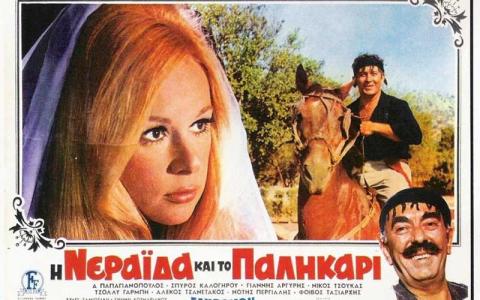
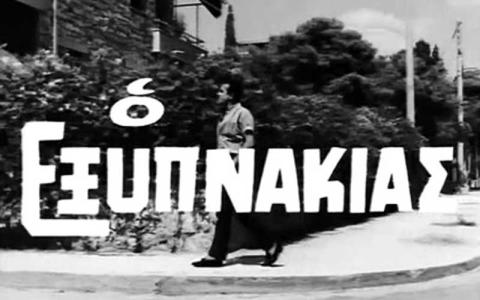
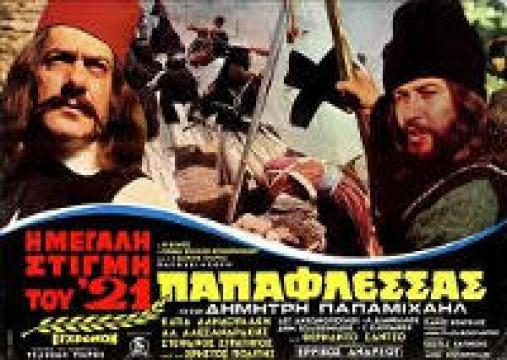
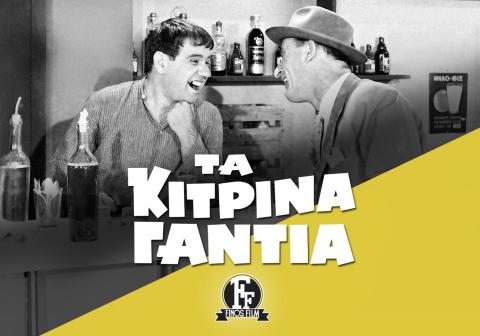
![Η Αλίκη στο Ναυτικό [1961]](https://www.eltube.gr/uploads/thumbs/39f92cd00-1.jpg)
